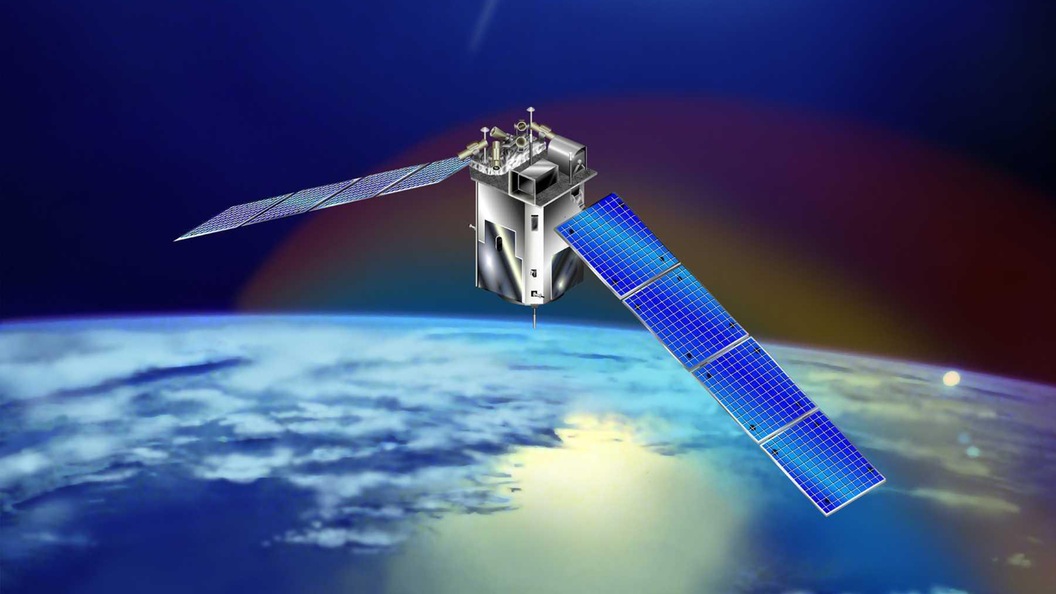NASA has analyzed 14 years worth of data collected by
its Thermosphere, Inonosphere, Mesosphere Energetics and Dynamics
(TIMED) satellite, revealing a surprisingly fast increase in carbon
dioxide levels in the upper atmosphere. The stats also reveal that
the gas is more localized to the Northern Hemisphere than predicted
by climate models.
Human activities like deforestation and burning fossil fuels are pumping huge amounts of carbon dioxide into the Earth's atmosphere. The gas is responsible for raising temperatures close to Earth's surface, but it has a very different effect in the upper atmosphere, reducing air density and actually having a cooling effect. Making sure that we have a complete understanding of how carbon dioxide moves through the planet's atmosphere is important, as it informs the most cutting edge climate models and helps us plan spacecraft flight plans.
While more than 50 years worth of ground-based data collection has confirmed that carbon dioxide levels in the lower atmosphere have been increasing by some five percent per decade, we have considerably less knowledge of the upper atmosphere.
Before the TIMED satellite started collecting data, the only measurements we had of upper atmosphere CO2 levels came from sporadic measurements by sounding rockets, research flights and the like. This made it difficult to build a complete picture of how the gas is interacting with our home planet's atmosphere.
Now, analysis of the 14 years of data collected by TIMED's radiometer reveals that CO2 levels in the region, some 70 miles (113 km) above the Earth's surface, are increasing at a much faster rate of 12 percent per decade. Furthermore, while models indicated that gas would be equally spread across the planet at such an altitude, the results shows that levels are increasing much faster over the Northern Hemisphere.
Those findings, which were corroborated by data collected by the Canadian Space Agency's SciSat-1 mission, indicate that we need to rethink our understanding of the Earth's atmosphere.
"It seems clear that we don't quite understand the relationship between the lower atmosphere and the upper atmosphere," says TIMED project scientists Diego Janches. "We tend to separate them into different fields – lower atmosphere is Earth science, upper atmosphere is heliophysics – but we need to understand the atmosphere as a complete system."
The study wouldn't have been possible without the long-term readings provided by the TIMED mission, which is lucky to still be operational – when it launched in 2003, it was only schedule for a two-year mission, but has seen its mandate extended six times.
The researchers have published their findings in the journal Geophysical Research Letters.
Source: NASA
copyright © Gizmag 2003 - 2015
http://www.gizmag.com/nasa-timed-satellite-carbon-dioxide-trends/40111
